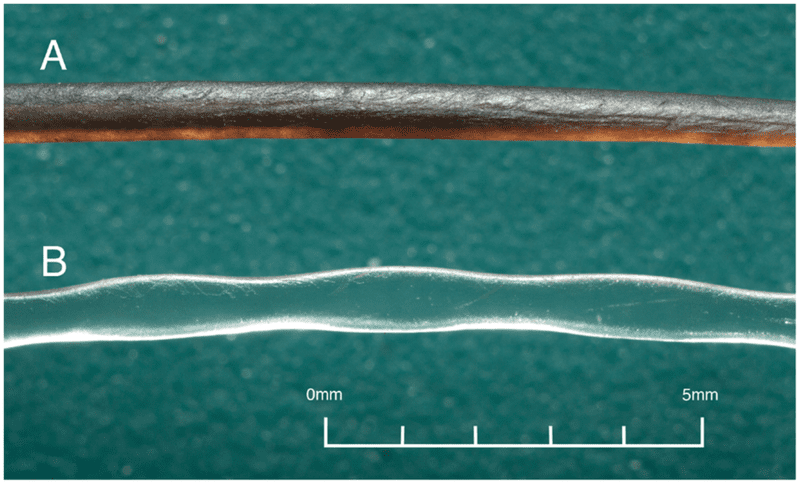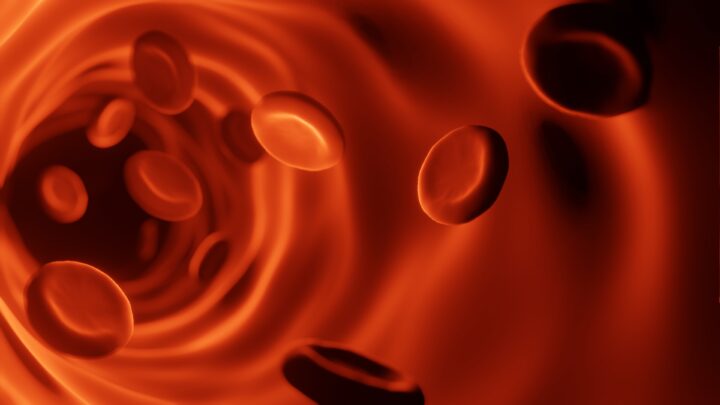The highly sensitive whiskers of harbor seals reduce vortex-induced vibrations during swimming due to their undulating surface structure.
Whiskers are tactile sensory hairs found in almost all mammals. They are typically longer and stiffer than normal body hairs and grow outward in an ordered grid-like arrangement. Each whisker is connected to many sensory nerve cells at its base beneath the skin. These nerve cells can detect small deflections in the whisker as it physically interacts with its surroundings, relaying this information to the brain. The harbor seal, and other aquatic mammals, can even sense and analyze changes in water flow caused by prey fish or other seals. With whiskers that are sensitive to displacements of 1μm or less, harbor seals need some way to reduce whisker vibrations that can occur as the hairs move through water. Remarkably, harbor seals accomplish this with the unique form of their sensitive whiskers.
Taking a closer look at harbor seal whiskers shows that they have an undulating or wavy surface structure. The cross section of the whisker is an ellipse, but the size of it changes along the hair. This creates peaks and troughs every 1-3 mm along the hair. Normally, dragging a bluff object like a whisker through water creates vortices, or swirls of water, that would vibrate the whisker as they trailed off behind it. However, the shape of the whisker on its leading edge alters the flow of water over and behind the whisker as the seal swims. The whisker’s wavy leading edge creates a trail of swirling water behind the whisker (also called the wake) with equal pressure on either side and a gap between the whisker and vortices. This significantly lowers forces on the whisker and thus prevents vortex-induced vibrations. Having the whiskers as still as possible, even when swimming, enables harbor seals to sense small changes in water movement. This gives them the ability to search for and sense prey fish, other seals, or predators.
Check out this related strategy explaining how harbor seal whiskers are tuned to detect water movements generated by their fish prey.
This summary was contributed by Leon Wang (Research Assistant ASU Biomimicry Center).







